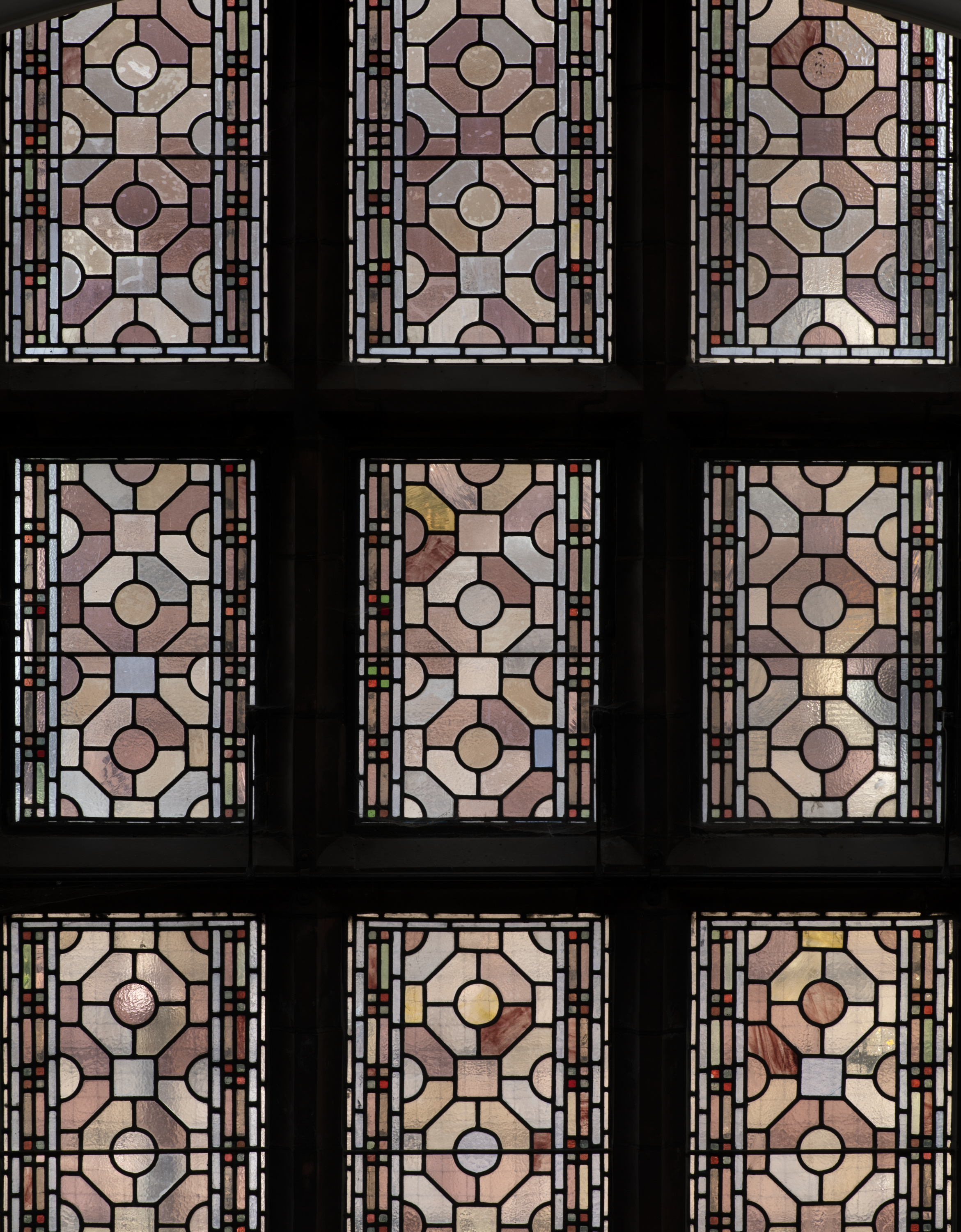Bedford Shire Hall Upgraded To Grade II* Listing
Bedford Shire Hall, which sits within the Bedford High Street Heritage Action Zone, has been upgraded to Grade II* by the Department for Culture, Media and Sport on the advice of Historic England.
A dedicated seat of local government
A dedicated Shire Hall or Sessions House (a building to house the county seat of government) was planned in 1752, with a site on the south side of St Paul’s Square acquired by the Duke of Bedford. A Sessions House was built in 1753, with a spacious hall, a civil court and a criminal court. It was soon decided that the courts were too small, and a larger building was required.
A site at 6 St Paul’s Square was secured and plans drawn up for:
- Courts
- Justices’ meeting rooms
- A Clerk of the Peace office
- Accommodation for the borough (local authority)
- Judge’s lodgings
- Room for the police force
A prolific architect
Alfred Waterhouse (1830 to 1905) was approached to design the new building in March 1878. Waterhouse’s works included the Natural History Museum, Manchester Town Hall (Grade I listed) and the Prudential Offices in Holborn, London (Grade II* listed).
Between 1878 and 1881, the new Gothic assize courts were built at the back of the old Sessions House, with a riverfront entrance. Waterhouse was commissioned to replace the existing Georgian Shire Hall fronting St Paul’s Square with a 3-storey building. This had a spacious baronial hall and offices and was completed in 1883. Despite a constrained budget, he created a magnificent civic building for Bedford.
Remarkable interiors
The original Victorian interiors are remarkably intact. The large entrance hall features an impressive hammerbeam roof, rich wood panelling, ornate coloured floor tiles and decorative cast-iron, marble-topped radiator guards.
The east court has upper and lower galleries with curved benches. The courtroom retains original furniture to the dock, prosecution, defence, clerk, magistrates, witness and probation sections. The west court matches it almost exactly, with straight gallery benches and a downstairs restroom for the jury.
Overlooking the river, the first-floor magistrates court and library retain attractive exposed trusses (the framework that supports the roof), wrought-iron chandeliers, wooden fireplaces, and a decorative cast-iron and marble radiator guard.
The retiring rooms and offices in the riverfront range retain original 4-panelled doors and fireplaces with marble surrounds. Higher-status rooms have 6-panel doors and elaborately decorated fireplaces.
The decorative cast and wrought-iron railings to St Paul’s Square, court and stair balustrades, and cast-iron radiator covers were manufactured by Hart, Son & Peard and survive well throughout the building. Simple but elegant stained glass adorns the windows and doors of the entrance hall, courts and stairs.
Waterhouse carefully considered the design of all furniture and fittings, including clock cases in each court, coal-scuttles and fire screens, and even lamp posts on the pavement outside.
The creation of the County Council
The minimal accommodation provided by the Shire Hall became inadequate when the County Council was created in 1888. A small extension was added in 1899 to accommodate assistants to the Clerk of the Council. In 1905, a single-bay extension was added to the east side of the riverfront to house the Assistant Solicitor’s Office, Judge’s Room and Clerk of the Peace, and County Council.
An extension was added to the street frontage overlooking St Paul’s Square in 1910, providing education offices to the front and a council chamber to the rear. A further 2 bays were added to the riverfront elevation in 1926 for the Treasurer’s Department and the County Surveyor, and the interior of the Council Chamber was partly remodelled in 1938.
The Assize Courts occupied Shire Hall until 1972, after which it became used by the Crown Courts, and, from 1986, the Magistrate Courts.
Bedford Shire Hall is a magnificent civic building and we are delighted to recognise its high level of special architectural and historic interest by upgrading this listed building to Grade II*. Through the work of the High Street Heritage Action Zone, local people will be able to learn about Shire Hall and its importance to Bedford. We’d love for people to add their own photos, memories and information to help everyone appreciate this important building.





